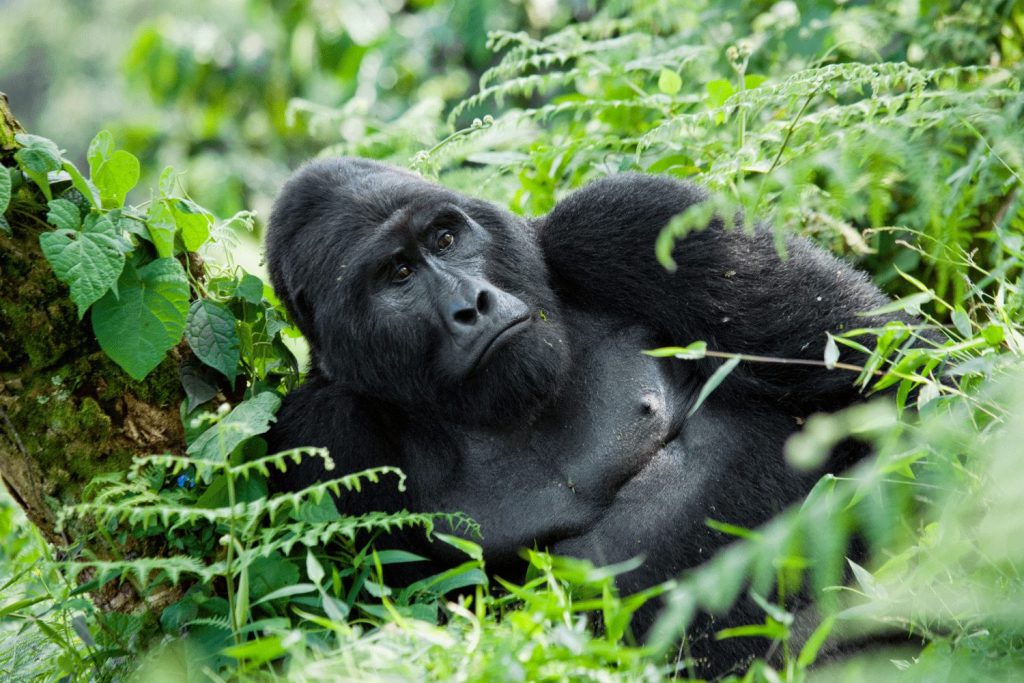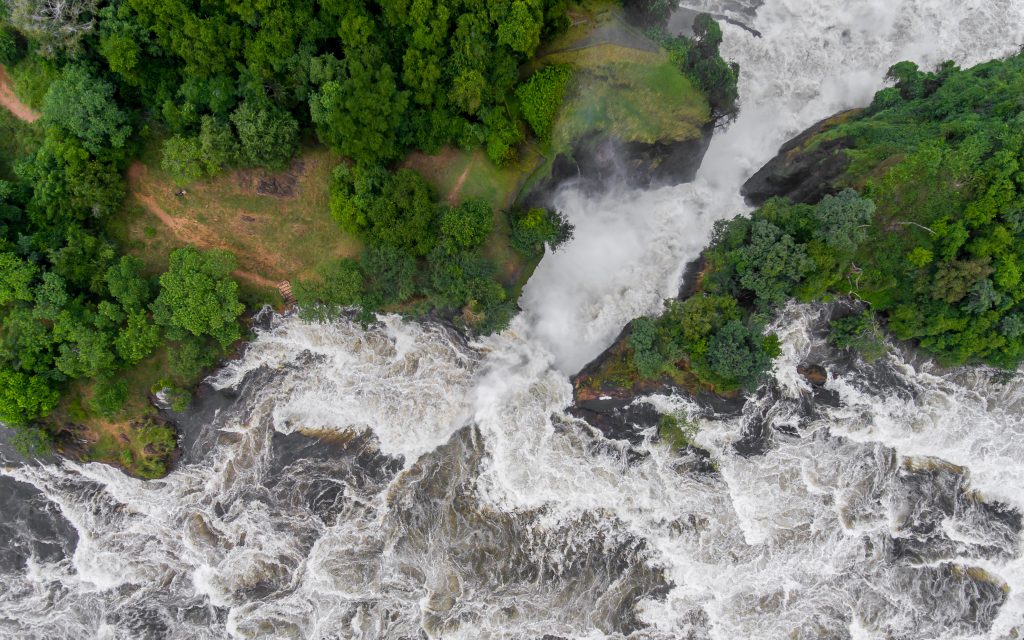What Uganda’s Independence Means for The Tourism Industry
With the reopening of its air and land borders on the 1st of October and national parks on the 6th of June this year, Uganda’s tourism industry has started to take off again. Uganda, like many other countries, had been under a country-wide lockdown since the 23rd of March, 2020, to curb the global COVID-19 pandemic.
It should come as no surprise, therefore, that tourists cannot wait to dive headfirst into the country’s national parks and game reserves once more.
According to an article in the New Vision on the 7th of October, 2020, this is what the Cabinet Minister of Tourism, Hon. Tom Butime said, “Visitors have started coming and tourists are excited at the re-opening of our gates.”
That said, the country’s tourism scene hasn’t always been this sunny.
Uganda’s Tourism Scene Before Independence
Before its independence in 1962, Uganda’s tourism industry was almost non-existent, which should come as no surprise as Uganda was a British Protectorate at the time. All the country’s economic activity was geared towards the needs of its colonial masters-the British.
For example, in colonial times, even though the country was rife with beautiful scenery and wild life, the predominant economic activity in Uganda was agricultural production. See, there was an industrial revolution in Europe at that time, so the colonial masters decided to concentrate on agriculture to provide raw materials for the products in their Industries.
Uganda’s Tourism Boom After Independence
On October 9th, 1962 (58 years ago), Uganda gained its independence from the British rule under the leadership of Dr. Milton Obote.
With agriculture as the major and booming economic activity, stable political rule under President Milton Obote, and the country’s green scenery and wildlife, Uganda started attracting foreigners from all over the world. People who came just to see the country’s beauty. It was then that the country obtained it’s famous name, “The Pearl of Africa.
And for about eight consecutive years, the country’s Tourism Industry boomed.
Idi Amin’s Military Coup Of 1971 and The Decline of Uganda’s Tourism Industry
In 1971, Idi Amin overthrew President Milton Obote in a military coup. This immediately led to the decline in the social, political and economic progress of the country.
Additionally, President Idi Amin banned all foreigners from Uganda. That is, all residents who were of Asian and European descent as well as foreign visitors and tourists. This quickly put a major dent into the previously booming tourism industry, which continued even after Dr. Obote returned to power after over throwing Idi Amin in 1979.
The Tourism Industry’s Return to Glory Under President Yoweri Kaguta Museveni
In 1986, after five years of civil war, Yoweri Kaguta Museveni and the National Resistance Movement (NRM) took power.
With the support of the International Monetary fund, the NRM slowly brought the country out of the recession it had got into under the leadership of President Tito Okello Lutwa. The NRM undertook major economic reforms which slowly fostered economic growth and political stability in the country.
The stable political stability started attracting foreigners into the country once more and slowly, the tourism industry started to boom once more.
Final Thoughts
Uganda’s tourism industry has come a long way since its pre-independence days. From being completely non-existent, to existing briefly, to becoming non-existent again and finally to earning about $1.6 billion (about Ush5.8 trillion). That’s right. Ever since the country gained Independence, Uganda’s tourism industry currently contributes about 8% to the country’s GDP.


